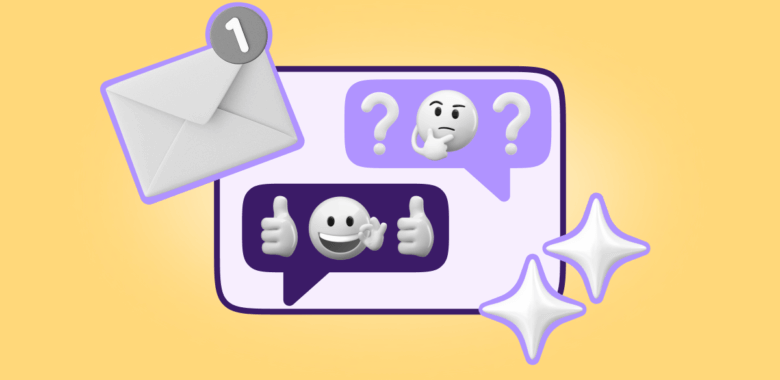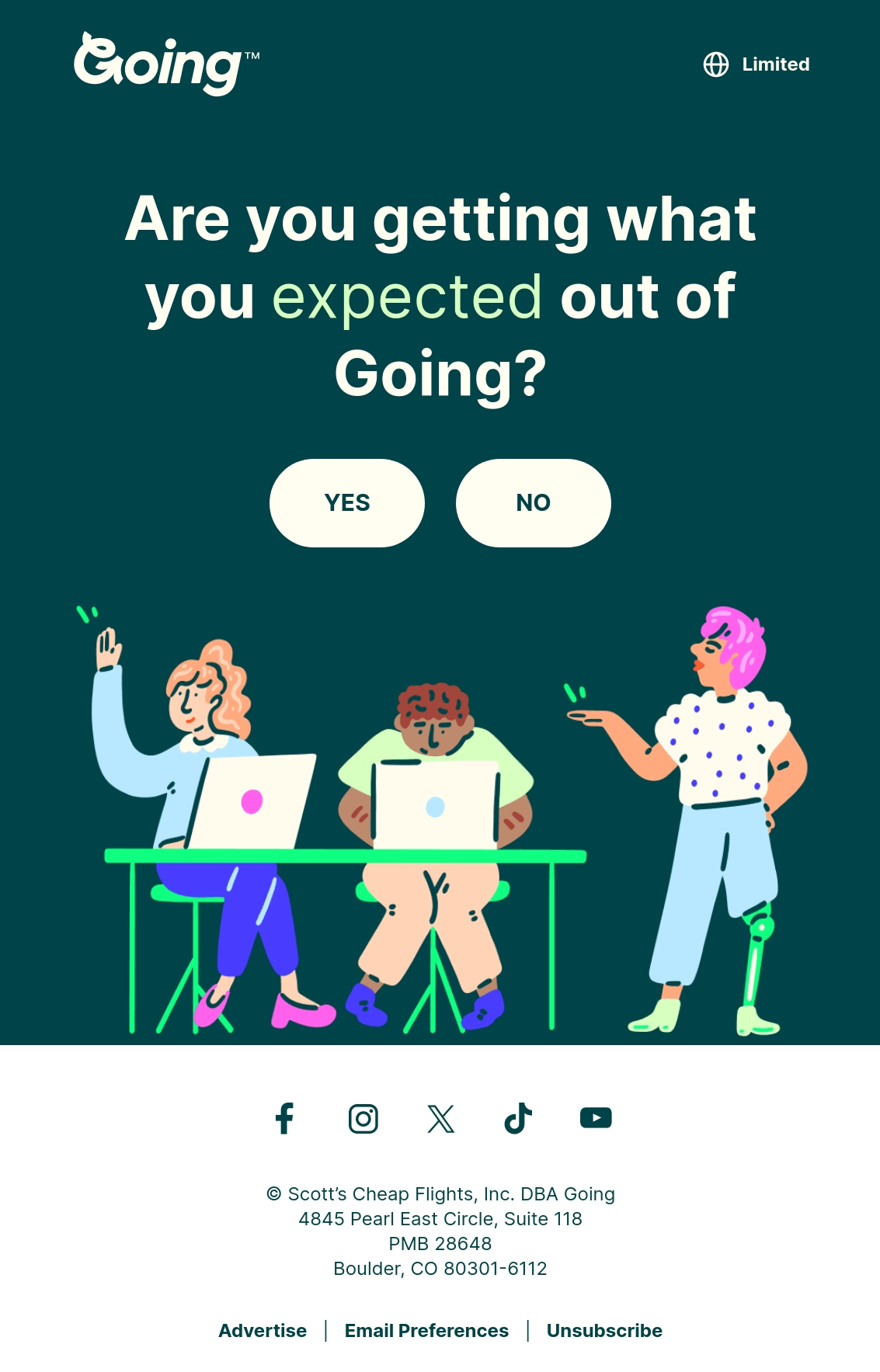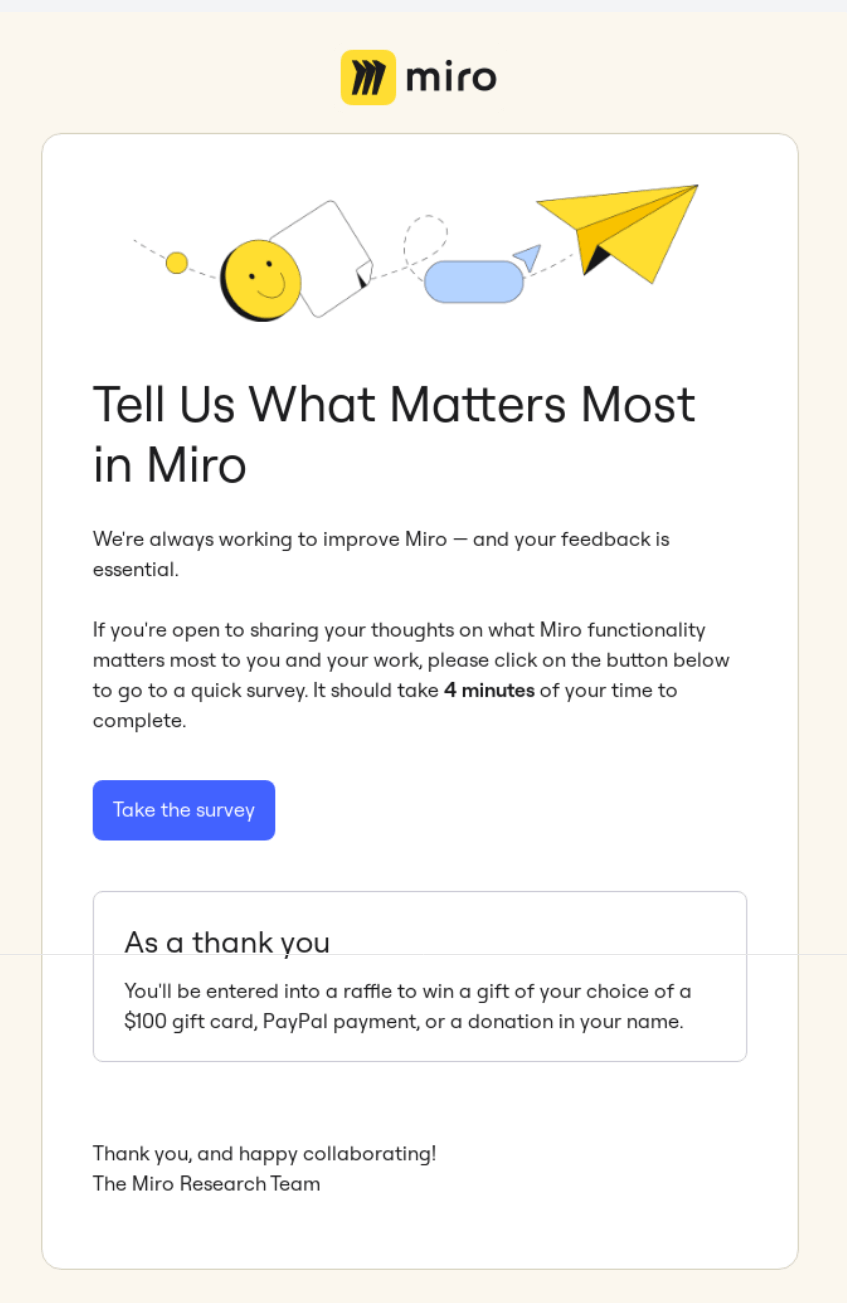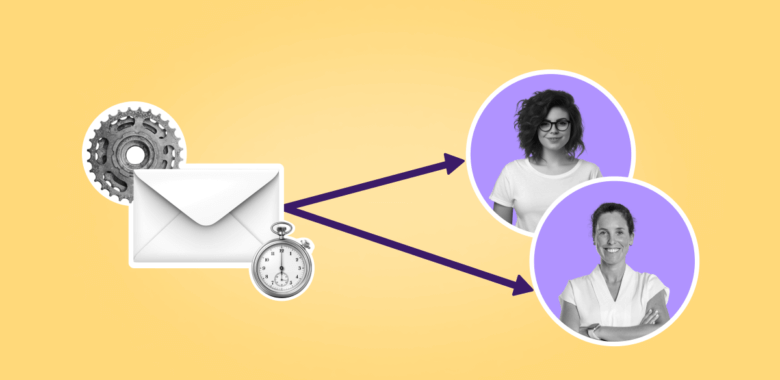What is the email response rate and why track it?
Put simply, the response rate is about how many people respond to your emails.
Responses are usually direct email replies, but they can also include feedback sent by other means, such as filled forms on landing pages or surveys in Google Forms.
Response rate is a more robust metric than click-through rate because it measures engagement beyond a simple click. If you have a very low response rate, it might indicate that subscribers are not motivated enough to take action.
Your average response rate can also be used to assess the quality or effectiveness of the copy. Low numbers mean that you need to take a good look at your copywriting, subject lines, calls to action, and tone.
A good response rate also benefits deliverability. If your clients reply to your emails, this sends a strong message to email providers that you send valuable and relevant content, which reduces the chance of your messages going to a spam folder.













